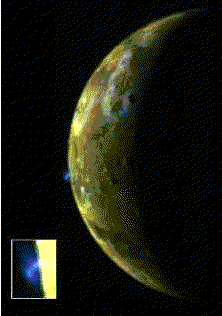This is an image of the Prometheus geyser.
Click on image for full size
NASA
Geysers of Io
When Voyager flew by Io the surprise discovery was the geyser, Prometheus, in full eruption. Geysers such as Prometheus spout pools of liquid around the vent, rather than a channel of lava. Features which resemble pools of liquid are readily seen on the surface of Io, suggesting a lot of geyser activity.
Geysers of Io spout liquid SO2 rather than water, and the spout rises quite high into the air. The average height of a spout of liquid SO2 is 300 km (200 mi)! The highest measured spout rose to 460 km (250 mi).
Well known geysers of Io include:
You might also be interested in:

Amalthea was discovered by E Barnard in 1872. Of the 17 moons it is the 3rd closest to Jupiter, with a standoff distance of 181,300 km. Amalthea is about the size of a county or small state, and is just
...more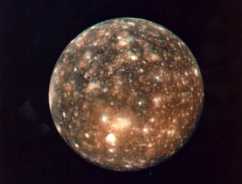
Callisto was first discovered by Galileo in 1610, making it one of the Galilean Satellites. Of the 60 moons it is the 8th closest to Jupiter, with a standoff distance of 1,070,000 km. It is the 2nd largest
...more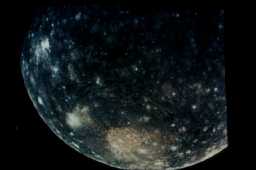
The insides of most of the moons and planets separated while they were forming out of the primitive solar nebula. Measurements by the Galileo spacecraft have been shown that Callisto is the same inside
...more
Many examples of the differing types of surface are shown in this image. In the foreground is a huge impact crater, which extends for almost an entire hemisphere on the surface. This crater may be compared
...more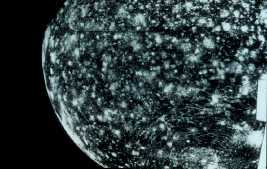
The surface of Callisto is deeply pockmarked with craters. It looks to be perhaps the most severely cratered body in the solar system. There are also very large craters to be found there. The severity
...more
Europa was first discovered by Galileo in 1610, making it one of the Galilean Satellites. It is Jupiter's 4th largest moon, 670,900 km from Jupiter. With a diameter that is about half the distance across
...more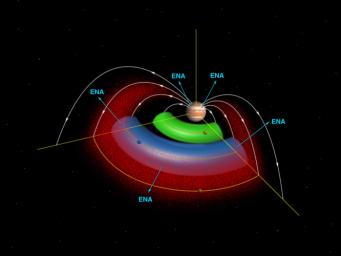
The Galileo mission discovered something amazing! Europa has its own atmosphere, although it is very, very thin. This atmosphere is created when fast moving molecules in Jupiter's magnetosphere hit the
...more


